- Over 1 million successful rentals
Car Hire Brazil
Save time and money. We compare the offers of car rental companies in Brazil on your behalf.
- Free cancellation Up to 48 hours prior to the scheduled pick up time
- Best price guarantee Have you found a better price? Let us know and we will make you a better offer.
- 24000+ pick-up locations Locations around the world
Compare Car Hire
Carrentals.co.uk offers simple and straightforward car hire comparison services. We don't add a penny to your quotes!
Car rental offers in Brazil
Whether you're looking for a small rental car or a station wagon for the entire family, we will always have a suitable vehicle for the lowest price. Below are some examples from our selection in Brazil.
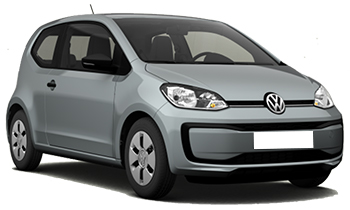
-
Foco From£ 13 /day

-
Movida From£ 14 /day

-
Movida From£ 15 /day
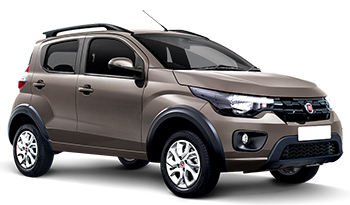
-
Localiza Car Rentals From£ 15 /day -
Alamo From£ 23 /day

-
Localiza Car Rentals From£ 18 /day -
Alamo From£ 36 /day

-
Movida From£ 17 /day -
Foco From£ 19 /day -
Localiza Car Rentals From£ 24 /day

-
Movida From£ 23 /day -
Localiza Car Rentals From£ 31 /day
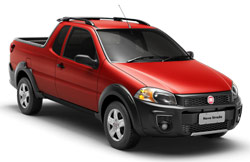
-
Alamo From£ 34 /day

-
Alamo From£ 43 /day
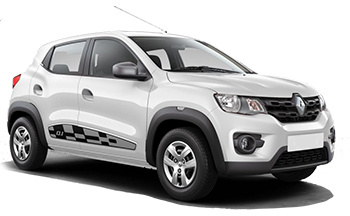
-
Foco From£ 13 /day -
Unidas From£ 14 /day -
Localiza Car Rentals From£ 15 /day

-
Movida From£ 13 /day -
Unidas From£ 16 /day -
Alamo From£ 24 /day
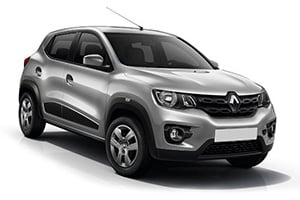
-
Foco From£ 16 /day -
Localiza Car Rentals From£ 20 /day -
Europcar From£ 24 /day
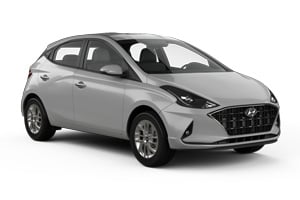
-
Movida From£ 13 /day -
Alamo From£ 26 /day
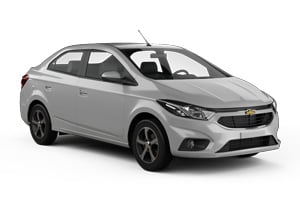
-
Movida From£ 13 /day
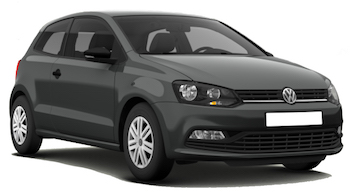
-
Foco From£ 16 /day

-
Foco From£ 13 /day -
Alamo From£ 23 /day

-
Foco From£ 13 /day

-
Movida From£ 17 /day -
Alamo From£ 36 /day
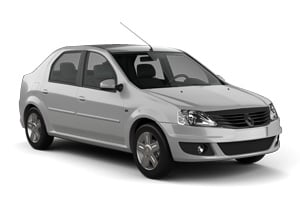
-
Foco From£ 13 /day -
Localiza Car Rentals From£ 17 /day -
Europcar From£ 24 /day
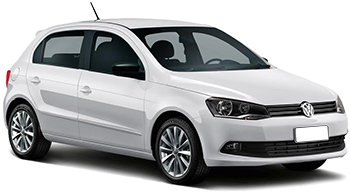
-
Foco From£ 13 /day

-
Foco From£ 16 /day

-
Foco From£ 13 /day -
Localiza Car Rentals From£ 17 /day -
Unidas From£ 17 /day
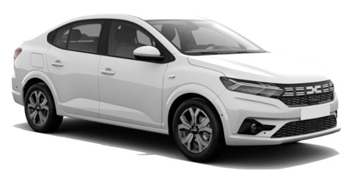
-
Foco From£ 14 /day

-
Foco From£ 16 /day -
Localiza Car Rentals From£ 20 /day -
Europcar From£ 32 /day
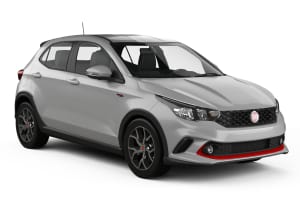
-
Localiza Car Rentals From£ 16 /day -
Europcar From£ 23 /day

-
Foco From£ 20 /day
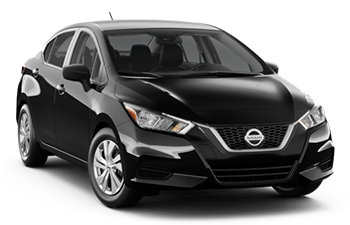
-
Unidas From£ 16 /day
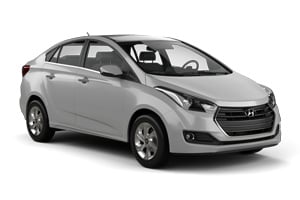
-
Movida From£ 15 /day -
Localiza Car Rentals From£ 22 /day
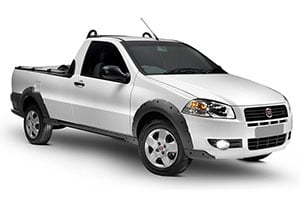
-
Movida From£ 15 /day -
Alamo From£ 34 /day
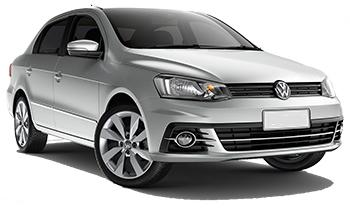
-
Foco From£ 18 /day
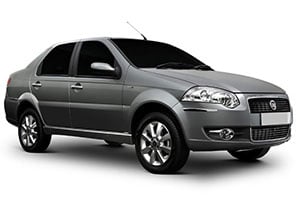
-
Movida From£ 15 /day

-
Foco From£ 16 /day
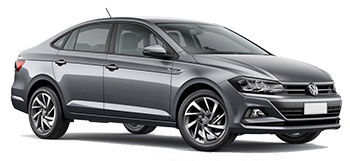
-
Foco From£ 19 /day -
Movida From£ 29 /day

-
Foco From£ 17 /day -
Movida From£ 24 /day
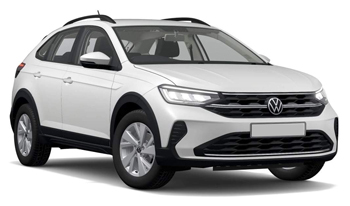
-
Foco From£ 17 /day

-
Foco From£ 21 /day

-
Localiza Car Rentals From£ 23 /day
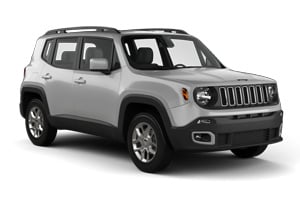
-
Localiza Car Rentals From£ 24 /day

-
Localiza Car Rentals From£ 25 /day
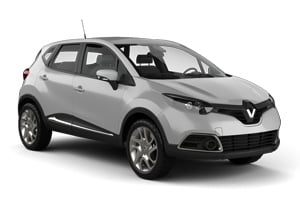
-
Unidas From£ 26 /day

-
Localiza Car Rentals From£ 31 /day
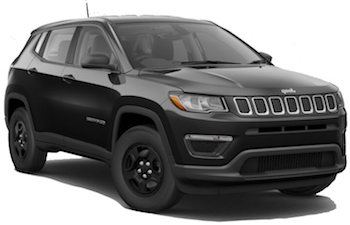
-
Unidas From£ 30 /day -
Localiza Car Rentals From£ 35 /day
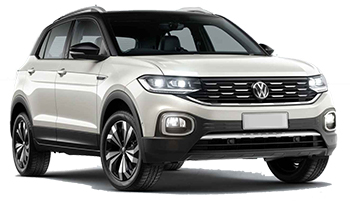
-
Movida From£ 36 /day

-
Movida From£ 32 /day

-
Localiza Car Rentals From£ 43 /day
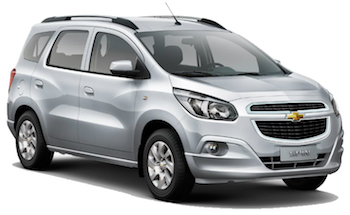
-
Foco From£ 22 /day -
Unidas From£ 24 /day -
Localiza Car Rentals From£ 33 /day

-
Movida From£ 26 /day

-
Movida From£ 35 /day
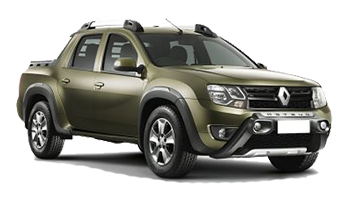
-
Movida From£ 26 /day
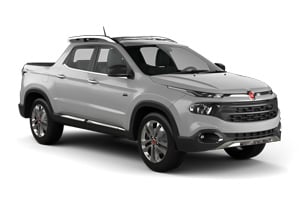
-
Movida From£ 26 /day -
Alamo From£ 87 /day

-
Movida From£ 36 /day -
Alamo From£ 105 /day
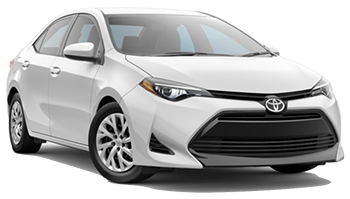
-
Movida From£ 34 /day

-
Localiza Car Rentals From£ 40 /day -
Alamo From£ 89 /day
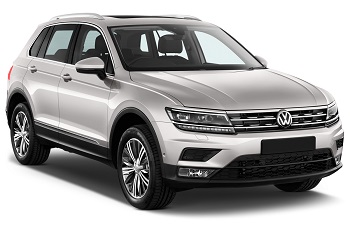
-
Unidas From£ 35 /day
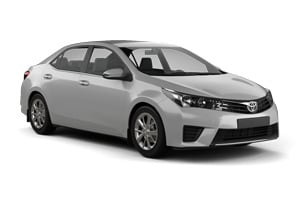
-
Movida From£ 25 /day -
Localiza Car Rentals From£ 41 /day -
Europcar From£ 50 /day
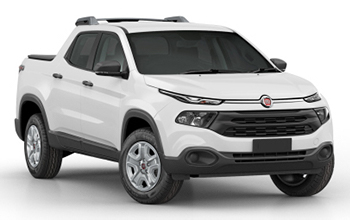
-
Unidas From£ 30 /day

-
Movida From£ 33 /day -
Localiza Car Rentals From£ 44 /day -
Europcar From£ 56 /day

-
Unidas From£ 36 /day -
Localiza Car Rentals From£ 63 /day
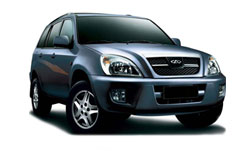
-
Movida From£ 45 /day

-
Unidas From£ 38 /day

-
Movida From£ 42 /day
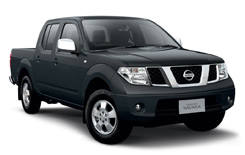
-
Movida From£ 59 /day
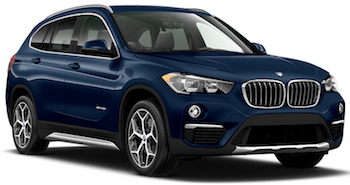
-
Unidas From£ 52 /day
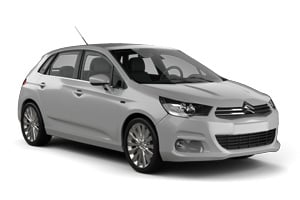
-
Movida From£ 16 /day -
Localiza Car Rentals From£ 23 /day

-
Foco From£ 17 /day -
Movida From£ 22 /day

-
Foco From£ 21 /day -
Movida From£ 28 /day

-
Foco From£ 17 /day -
Alamo From£ 48 /day
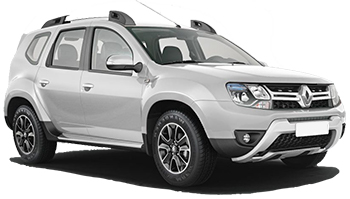
-
Foco From£ 18 /day

-
Foco From£ 22 /day -
Alamo From£ 65 /day

-
Movida From£ 18 /day -
Foco From£ 19 /day -
Localiza Car Rentals From£ 23 /day
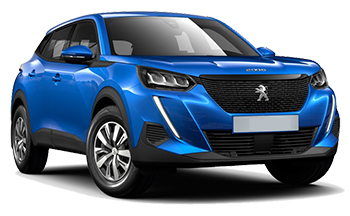
-
Unidas From£ 18 /day

-
Movida From£ 26 /day -
Localiza Car Rentals From£ 29 /day
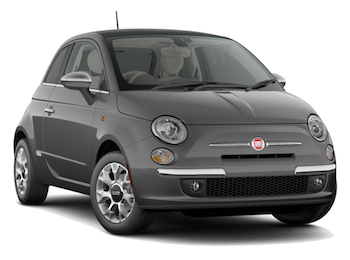
-
Unidas From£ 26 /day
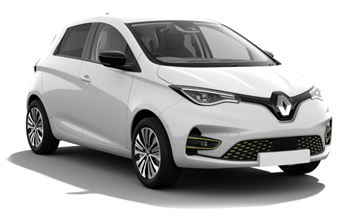
-
Localiza Car Rentals From£ 51 /day

-
Localiza Car Rentals From£ 55 /day
Popular cities in Brazil
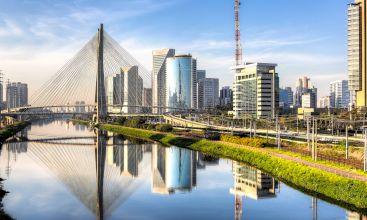

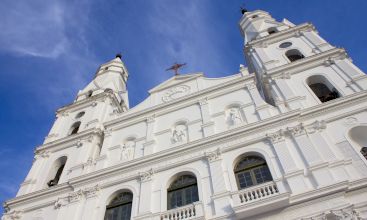
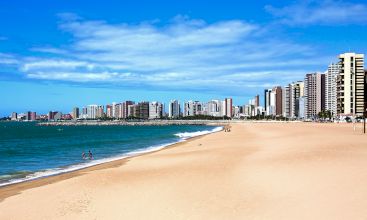
Popular rental locations in Brazil
-
Car Hire São Paulo Congonhas AirportFrom
£ 13 /day -
Car Hire Rio de Janeiro-Galeão AirportFrom
£ 13 /day -
Car Hire Brasilia International AirportFrom
£ 13 /day -
Car Hire Fortaleza AirportFrom
£ 13 /day -
Car Hire Florianopolis AirportFrom
£ 13 /day -
Car Hire Augusto Severo International AirportFrom
£ 14 /day

When to book a rental car in Brazil
Brazil - When is the most affordable time to rent a mini class car?
At this destination (Brazil), May is the most affordable time to rent a mini class car with an average daily rate of
Brazil - When is the most affordable time to rent a economy class car?
At this destination (Brazil), May is the most affordable time to rent a economy class car with an average daily rate of
Brazil - When is the most affordable time to rent a compact class car?
At this destination (Brazil), May is the most affordable time to rent a compact class car with an average daily rate of
Brazil - When is the most affordable time to rent an intermediate class car?
At this destination (Brazil), May is the most affordable time to rent a intermediate class car with an average daily rate of
Brazil - When is the most affordable time to rent a standard class car?
At this destination (Brazil), November is the most affordable time to rent a standard class car with an average daily rate of
Brazil - When is the most affordable time to rent a full-size car?
At this destination (Brazil), November is the most affordable time to rent a full-size class car with an average daily rate of
Brazil - When is the most affordable time to rent a luxury car?
At this destination (Brazil), November is the most affordable time to rent a luxury class car with an average daily rate of
Brazil - When is the most affordable time to rent a SUV?
At this destination (Brazil), May is the most affordable time to rent an SUV with an average daily rate of
Brazil - When is the most affordable time to rent a MPV?
At this destination (Brazil), October is the most affordable time to rent an mpv with an average daily rate of
Brazil - When is the most affordable time to rent a delivery van?
At this destination (Brazil), February is the most affordable time to rent a van with an average daily rate of
Car rental locations in Brazil
Carrentals.co.uk compares rental car prices at the following destinations

Brazil Guide
Brazil is best explored by rental car. Carrentals.co.uk has over 54 pick-up locations in Brazil. This means there is always a pick-up location close to your destination.
Most popular car hire locations in Brazil
Driving
Known for rich coffee, hot beaches, Christ the Redeemer, Carnivals and the Amazon jungle, Brazil is one of the most diverse nations on earth. It’s massive and busy, with miles of beaches and cool mountains, and boasts fabulous driving terrain. By car you can take in the Rio-Santos Highway, the unending coastline or even parts of Amazonia.
Driving Tips for Brazil
The road network is extensive, with around one million miles’ worth of tarmac. State roads are good, although interstate and federal roads are often poor and have insufficient signage. Tolled roads require cash payment.
Driving licences: UK drivers can drive here with their UK photo licence, but an International Driving Permit should accompany older type paper licences.
Which side does Brazil drive on: the right.
Speed limits:
Motorways: 74mph (120kph)
Rural areas: 50mph (80kph)
Built-up areas: 37mph (60kph)
Alcohol limits: zero tolerance, with harsh penalties for violators. In comparison, the UK has a fairly lenient 0.08 blood/alcohol limit.
Driving age: 18 years, while rental firms usually require drivers be at least 23 or even 25 years.
Seatbelts: all passengers should wear them, while children under 7.5 years should be seated in a child seat in the rear.
Mobile phones and GPS: you can use a mobile phone with a hands-free kit, but the use of hand-held devices while driving is forbidden. GPS coverage is fair to good when used with local maps.
Cost of fuel in Brazil: considerably cheaper, while diesel is less than half the price it is in the UK.
Car hire and fuel payment: large urban stations accept major credit cards, but most take cash only. On the other hand, a credit card is usually required for car hire. UK card holders should notify their supplier before travelling overseas.
Insurance: car rentals usually come with fully comprehensive insurance but not always excess, which is recommended.
Traffic and parking: city driving is hard going, especially in São Paulo and Rio de Janeiro where traffic jams are a major problem during rush hours. Parking is equally tough, with double-parking the norm, so consider leaving your vehicle at your hotel or look for a secure car park.
Transport
Trains
There are links with Argentina, Bolivia and Chile though travel times are long and journeys uncomfortable. The domestic rail network is limited, with most services along the coast between the big cities. A seat on the inter-city train from Vitoria to Belo Horizonte costs around £25.00 in Executive class. The touristy Serra Verde Express that goes between Curitiba and Paranagua is an interesting trip.
Taxis
Yellow metered taxis are the best bet for getting about cities which have no metro. Stick with the official (yellow) ones, which are metered and quite cheap. Be sure the driver turns on the meter. Sao Paulo has the most expensive taxis, with a flag fall rate of £8.50 and a per-kilometre charge of £1.00 (less at slow speeds). If you are on your own in Rio or São Paolo, it is quicker to get around using a motorcycle taxi. Tipping is not obligatory though rounding up is common.
Buses
Brazil is huge and its Atlantic cities are a long way from the main border countries, making bus travel especially hard going though bus prices are cheaper than those of other forms of travel. Consider a service like the Green Toad Bus, which covers routes within Brazil and to neighbouring countries. It is best to go VIP to make the long distances easier. Prices are reasonable; Rio to Sao Paulo in economy class is £17.00, while urban bus and trolleybus travel is extensive and cheap, with fares of less than £1.00.
Ferries
Cruise liners dock at Rio de Janeiro—the main port—and you can also access Manaus in the Amazon. However, bar a long journey by river boat in the Amazon from Peru, Venezuela or Colombia, there is no regular ferry travel from neighbouring countries. River ferries are the main form of transport in the Amazon, with all main tributaries being navigable and river cities including Manaus, Santarém and Belém having water taxi services. These services are slow but cheap. Private operators serve rivers nationwide, along with various islands such as Ilha Grande.
Airports
There are many international airports in Brazil, given the size of the country, but the principal ones service the cities of Sao Paulo and Rio. Sao-Paulo/Guarulhos Governador Andre Franco Montoro International Airport lies 15 miles (25kms) from the city and is linked to it by an extensive road network that is travelled by buses and taxis. Services from the UK via British Airways are available here. The largest airport is Rio de Janeiro-Galeao International Airport. It is 15 miles (25kms) from Rio city, with links by bus and taxi. British Airways flies here from London-Heathrow. Brazil air passes are available for those who intend to fly domestically a lot, they typically cost around £380 for a four-ticket pass.
Explore
Exploring Brazil
Everyone heads to Rio take in the Corcovado Mountain (home to the Christ the Redeemer statue), the Pão de Açúcar (Sugar Loaf) and the iconic beaches of Copacabana and Ipanema. Other main highlights are the Santa Teresa Streetcar, Maracanã football stadium, the Paço Imperial (Imperial Palace) and the Jardim Botanico (Botanical Garden).
The Amazon rainforest is the world’s great ecological habitat and covers much of the north. Manaus is its main base, with an airport and colonial-era buildings, while waterways crisscross the region.
Also in the north is the charming colonial, coastal town of Olinda, with a fine setting and dynamic Carnival scene. Of its numerous museums and churches, the beautiful Convento São Francisco is a must-see.
Recife is just south of Olinda, while the buzzing beach resort town of Fortaleza is north. The Iguazu Falls, a UNESCO World Natural Heritage site, lie on the border with Argentina and Paraguay, within driving distance of São Paolo and the nearby Pantanal wetland.
Weather
Brazil is vast and has many climates, being typically hot and humid on the coast and in the Amazon. Summer here is reversed to that of the Northern Hemisphere, falling between December and February. This is when Rio de Janeiro and São Paolo are very hot (on average 27°C). The winter (June to August) temperature average is 22°C. For beaches, it is best to head north at this time, when North Atlantic sea breezes temper things somewhat.
Practical information
-
CurrencyBrazilian real
-
Driving directionRight
-
City speed limit80 km/h
-
Freeway speed limit60 km/h
-
LanguagePortuguese
-
Popular car categoryEconomy
What most people want to know
The following questions and answers are a selection of the most popular questions. If you do not find the answer to your question, have a look at the Frequently Asked Questions page or contact us.
- Localiza Car Rentals
- Enterprise
- National Car Rental
- Hertz
- Movida
- Avis
- Alamo
- Foco
- Budget
- Unidas
- Locarx
- Dollar Rent a Car
- Europcar
- Thrifty
- Keddy By Europcar
- ACE Rent A Car